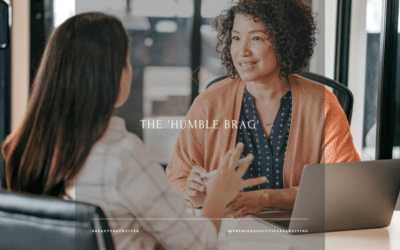The interview process has evolved in many ways through the COVID-19 pandemic. Video Conference interviews increased by 91% (Bullhorn), becoming the primary method of interviewing. As the market continues to re-open and both candidates and hiring managers seek a more comprehensive look into the company culture, we have witnessed an increase in on-site/in-person interviews. “Socially distanced” interviews are new terrain and we have supported candidates navigating through the nuances to create successful (and safe) experiences. In-person interviews are conducted with masks and social distancing, creating new challenges since the candidate is 6 feet away and unable to see the hiring manager’s facial expressions. This creates new complexities since the candidate is unable to read their audience for any type of validation. As a result, we have received feedback from both parties finding it increasingly difficult to create a connection through phone interviews, video conferences, and even the current in-person interviews.
Our agency has been coaching the “Ping Pong Effect” for years and it has become a critical interviewing tool in today’s climate. The idea is that you can create a back-and-forth dialogue with your interviewer that will provide both parties with relevant information and create consensus. That is the goal of the “Ping Pong Effect.”
Are you playing Ping Pong during the interview process? I hope so because this has become a critical aspect to create a connection and receive verbal validations for examples that you provide during the interview process. When done correctly, this back-and-forth dialogue will create a natural flow as the candidate answers an interview question with a detailed example and then flips the question back.
For example: A Sales Executive explains to the interviewer their leadership style to set goals, conduct weekly 1:1 meetings, and team coaching to highlight their ability to transform a sales team to create results. They conclude their answer with a brief follow up question such as, “Are similar processes and tools currently in place with the Sales team?” This opens up a dialogue to allow the candidate to better understand the challenges within the current environment and creates the opportunity for the candidate to follow up with additional examples specifically focused on the details shared, therefore creating the “Ping Pong Effect”.
The interview process is a two-way street. A candidate should absolutely be asking questions throughout the interview to identify specifics on the challenges within the role/team, company structure, and overall work environment and culture. Some interviews are very structured with question-answer-question-answer format. Others are very conversational where the candidate may walk away feeling great, however, they did not learn important details about the job itself, challenges the role would overcome, or the work environment. These are all crucial factors to ensure the job and environment is a long-term match. The most successful interviews are a blend of these two interviewing styles. Both parties are sharing insights to learn about strengths, challenges, and expectations. To achieve this flow, you must play a verbal game of Ping Pong.
Create this dialogue by answering the interviewer’s questions with specific examples and tagging on a follow-up question. Here are a few examples:
Hiring Manager question: “Tell me about how you handle conflict with a colleague.”
Share your answer, then ask, “Is this similar to how you’d like conflict to be resolved on your team?” or “What are some of the current internal challenges between cross-functional teams?”
Hiring Manager question: “Tell me about your leadership style and how you keep your team motivated and on task.”
Share your answer, then ask, “Is this aligned with your expectation for this role?”
Hiring Manager question” What has been the biggest challenge you have overcome at ABC Beauty company?”
Share your answer, then ask, “What would you define as the biggest challenge for your beauty company currently?”
Part of this Ping Pong strategy during the interview is to understand specifics around the company’s challenges, strengths, and goals which will allow the candidate to qualify themself with specific examples that relate to those topics. If you are currently waiting until the end of the interview to ask questions, you are missing out on opportunities to learn and share specific examples by playing a game of verbal Ping Pong during the interview.
Follow Premier Executive Recruiting on LinkedIn to receive the latest beauty trends, beauty stats, and career opportunities on a weekly basis as we keep you informed of the evolving beauty industry.



